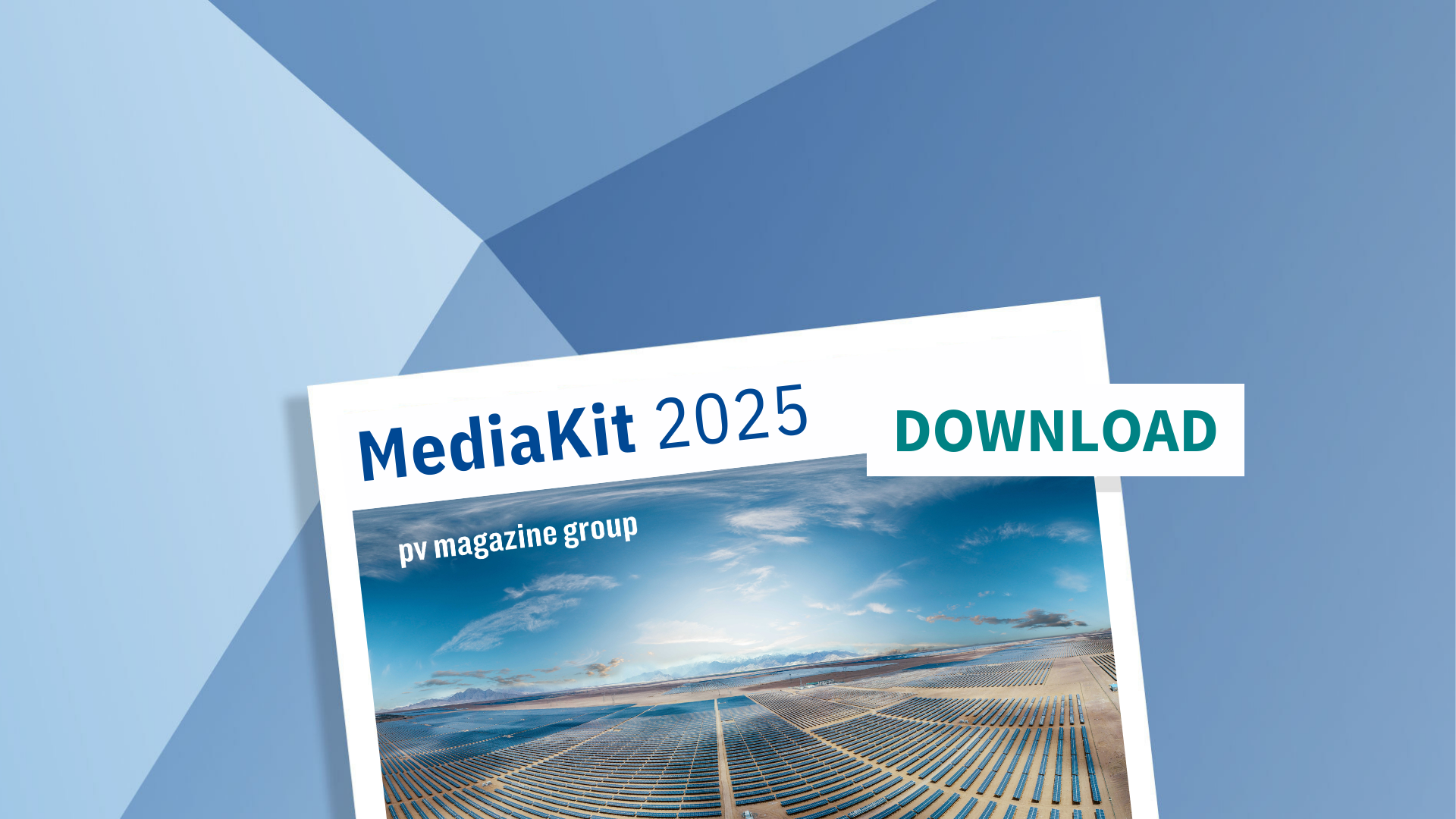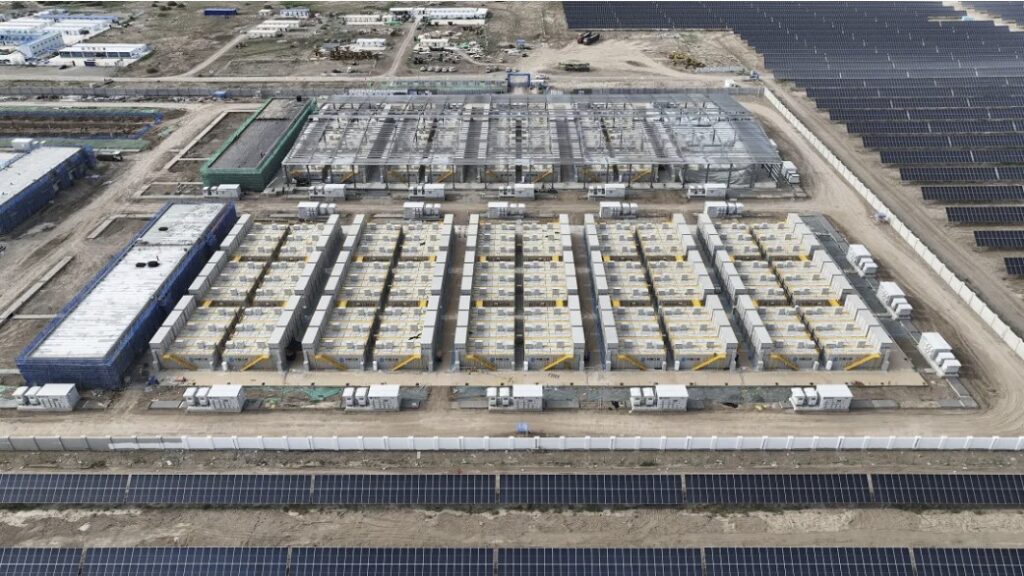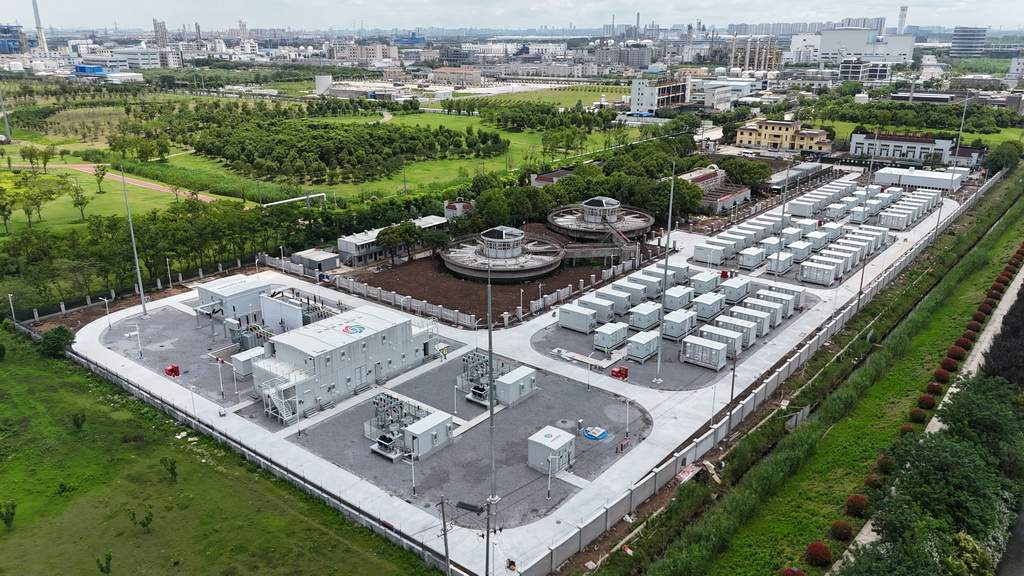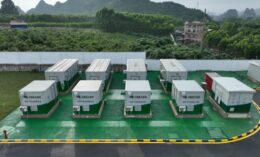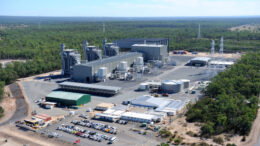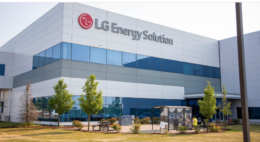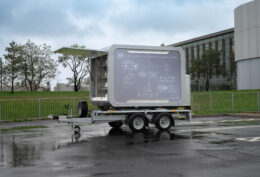The Mobility House moves forward with second-life battery systems and launches vehicle-to-grid business

The company’s approach to the interface between electric vehicles and grids involves fully utilizing electric vehicle batteries both when they are in the vehicle, as in vehicle-to-grid (V2G applications) and before and after the batteries are in electric vehicles in stationary storage systems. TMH has implemented several pilot projects with energy suppliers and car manufacturers.
Vehicle-to-Grid
Driving this forward, to enable the use of V2G technology between electric vehicles and the grid, TMH has now launched a dedicated business unit to consolidate the international topics of energy and bidirectional charging under “The Mobility House Energy”.
The Mobility House V2G applications have involved multiple collaborations with Renault. The French carmaker is working with TMH to bring bidirectional (V2G) charging to series production in the Renault 5, the first Renault car equipped with a bidirectional charger. The associated V2G service will be available from the launch of the Renault 5 in France and Germany in 2024 and in the UK in 2025.
Second-life car batteries in stationary storage
The Mobility House has also just reported that, in its collaboration on stationary storage with Mercedes-Benz Group and Getec Energie, the three companies have been granted regulatory approval to extend the lifecycle of their existing stationary energy storage systems made from vehicle batteries by another five years.
Storage systems in Lünen and Elverlingsen were installed in 2016 and 2018, respectively, and have again been prequalified for providing primary control reserve (PCR), which TMH describes as the fastest and most critical grid service in the power system. This means that over 2,000 repurposed battery modules from the storage systems developed and supplied by Mercedes-Benz Energy will continue to be available with 29 MW of power and 31 MWh of energy to stabilize the power grid.
When transmission system operators examine stationary battery storage systems, demanding criteria – particularly sufficient storage capacity and stable and rapid power adjustment – must be met to continue operating in the primary control reserve (PCR) market. TMH reports that the very stable storage capacity confirmed in this process is proof of the low ageing of electric vehicle batteries with “proper” management, which the company says is ensured by its intelligent trading and operating algorithms.
Last month, the company’s founder, Thomas Raffeiner, was reinstated as CEO in collaboration with the head of its board of directors, Herbert Diess, former CEO of Volkswagen Group. Robert Hienz, who had been CEO of The Mobility House since 2021, took up a new CEO position at Solarpack in May just passed. The company says that Raffeiner will drive vehicle and grid interfaces forward in close collaboration with the former Volkswagen boss.




